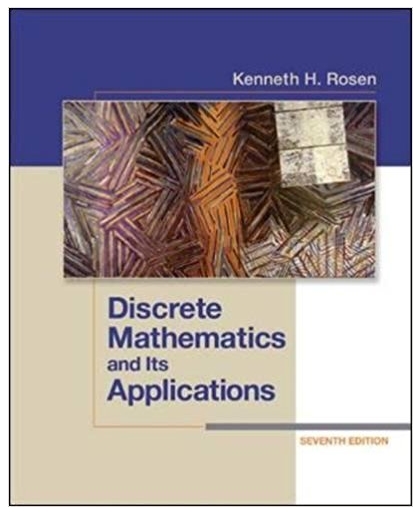1.AS: (B, {(A, K1)}KpbS) 2.SB: A 3.BS: (A, {(B, K2)}KpbS) 4.SA: (B, {K2}K1) And the following attack trace: 1. I(A) S: (B, {(A, K)}KpbS)
1.A→S: (B, {(A, K1)}KpbS) 2.S→B: A
3.B→S: (A, {(B, K2)}KpbS)
4.S→A: (B, {K2}K1)
And the following attack trace: 1. I(A) → S: (B, {(A, K)}KpbS) 2.S→B: A
3. B → S: (A, {(B, K2)}KpbS)
4. S → I(A): (B, {K2}K)
Which one of these changes to the protocol messages would fix the attack trace above, such as the attack then becomes impossible:
a) 3. B → S: (A, {(B, {K2}KpbA)}KpbS)
b) 4. S → A: (B, {K2, A}K1) {A}KpbB
c) 2. S → B: {A}KpbB
d) 2. S → B: B
e) 3. B → S: (A, {(B, {K2}KprS)}KpbS)
f) 1. A → S: {(B, A, K1)}KpbS
g) 1. A → S: (A, {(B, K1)}KpbS)
h) 4. S → A: (B, {K1}K2)
i) 4. S → A: A, B, {K2}K1)
j) 2. S → B: A, B
Explain your answer.
Step by Step Solution
There are 3 Steps involved in it
Step: 1
The provided attack trace exploits a vulnerability in the original authentication protocol where an ...
See step-by-step solutions with expert insights and AI powered tools for academic success
Step: 2

Step: 3

Ace Your Homework with AI
Get the answers you need in no time with our AI-driven, step-by-step assistance
Get Started


